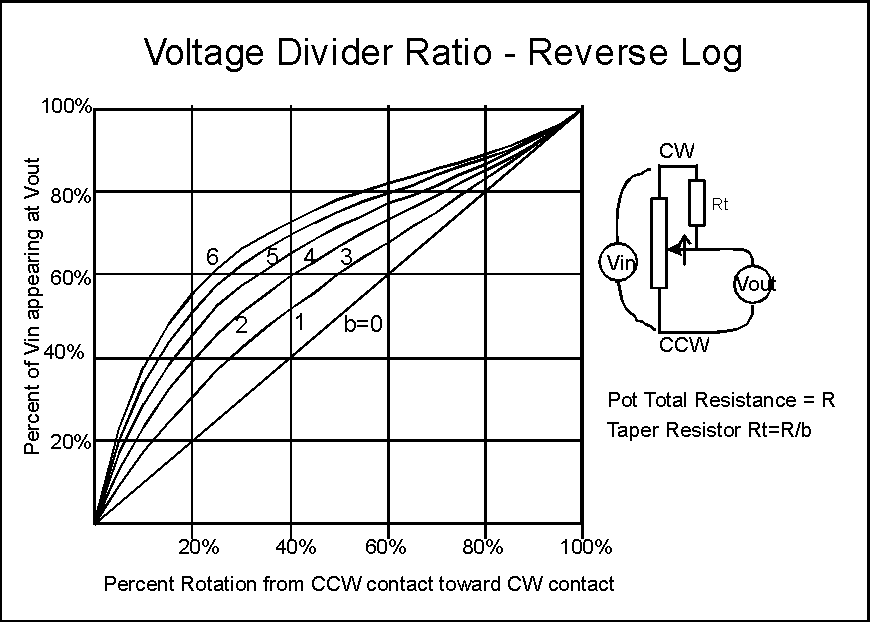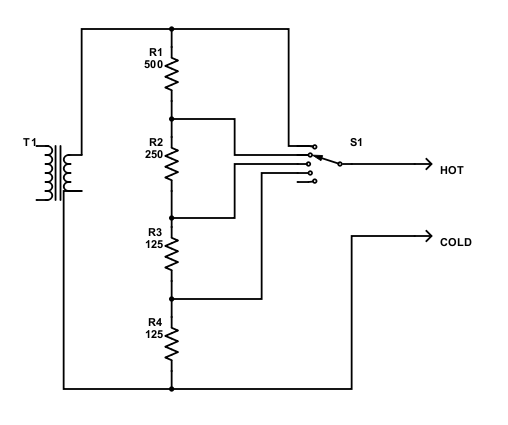I want to build a U-pad on the outputs of some transformers (e.g., Triad HS-56, etc.) I want to use for "coloration".
Something like this:
https://www.gearslutz.com/board/showpost.php?p=13530784&postcount=23
https://www.gearslutz.com/board/showpost.php?p=13528362&postcount=17
from this thread: https://www.gearslutz.com/board/low-end-theory/1229726-low-end-techniques-tape-like-saturation-compression-hardware-software.html
The thing is, I know I could use a 1k dual ganged pot and be "close enough" but I like the steps a rotary switch provides. Not super-fine steps (was thinking something on order of 3-4dB) but more for easily matching if using on the two-buss.
While researching, I saw a comment posted on this forum (thread: https://groupdiy.com/index.php?topic=15577.0):
"In voltage systems (low source impedance, high load impedance), it's already impossible to build a resistive pad that has a small attenuation value without degrading either the input or the output impedance."
I saw something like this too on another forum (can't remember which...).
Wondering why that is? Intuitively (ignorantly, admittedly I am...), it seems like you would have degradation happening with large attenuation values, not small ones?
Can someone explain why?
Peace,
Chris
Something like this:
https://www.gearslutz.com/board/showpost.php?p=13530784&postcount=23
https://www.gearslutz.com/board/showpost.php?p=13528362&postcount=17
from this thread: https://www.gearslutz.com/board/low-end-theory/1229726-low-end-techniques-tape-like-saturation-compression-hardware-software.html
The thing is, I know I could use a 1k dual ganged pot and be "close enough" but I like the steps a rotary switch provides. Not super-fine steps (was thinking something on order of 3-4dB) but more for easily matching if using on the two-buss.
While researching, I saw a comment posted on this forum (thread: https://groupdiy.com/index.php?topic=15577.0):
"In voltage systems (low source impedance, high load impedance), it's already impossible to build a resistive pad that has a small attenuation value without degrading either the input or the output impedance."
I saw something like this too on another forum (can't remember which...).
Wondering why that is? Intuitively (ignorantly, admittedly I am...), it seems like you would have degradation happening with large attenuation values, not small ones?
Can someone explain why?
Peace,
Chris




